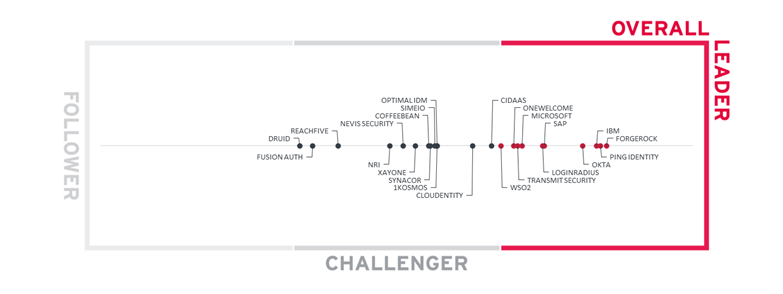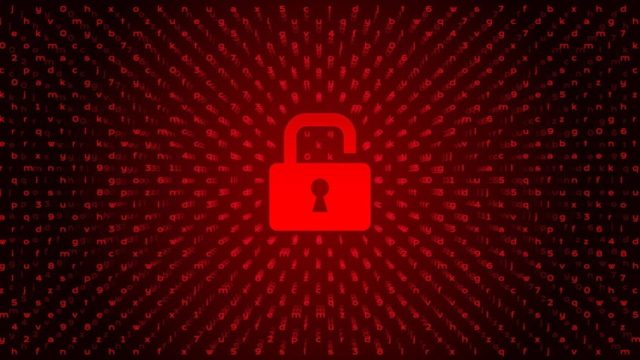The Road to Passwordless is Paved with Orchestration
A new report from KuppingerCole Names ForgeRock an Overall Leader in Passwordless Authentication
If passwordless authentication is a destination, then identity orchestration is the highway to get there.
To define the term, “passwordless authentication” is the act of gaining access to digital resources without the use of traditional user-selected passwords. Given the pervasiveness of data breaches and their association with stolen or misused passwords, the momentum towards a passwordless future is undeniable. In recognition of this movement, KuppingerCole has published its very first Leadership Compass for Passwordless Authentication. But more on that in a minute.
The essential piece: orchestration
Identity orchestration, or just “orchestration,” is a way for organizations to quickly build and put in place user access journeys — from beginning to end — that are both easy for users and secure for the enterprise. Within this journey flow, passwordless methods can be enrolled, used, measured, and tweaked to give the organization the assurance that the benefits they seek — making users’ lives easier while elevating security — are truly being achieved.
Orchestration is a no-code no-brainer
Orchestration is both strategic and tactical. At a strategic level, orchestration is a critical capability of an identity and access management (IAM) solution, as essential as access management or identity management. It provides the capability to respond rapidly and with maximum agility to changing business conditions, using identity to create a competitive advantage for both your workforce users and for your consumer population, without breaking the budget.
At the tactical level, it is a graphical, drag-and-drop tool that IT administrators use to design different user journeys to support the business. In the past, user journeys needed to be hard-coded by developers, which was a timely and expensive process that would often take months to get even a few user journeys in place. When the business or security landscape changed, developers would need to be called back in to re-code those journeys.
Modern orchestration involves no coding. This means non-technical IT and identity…


